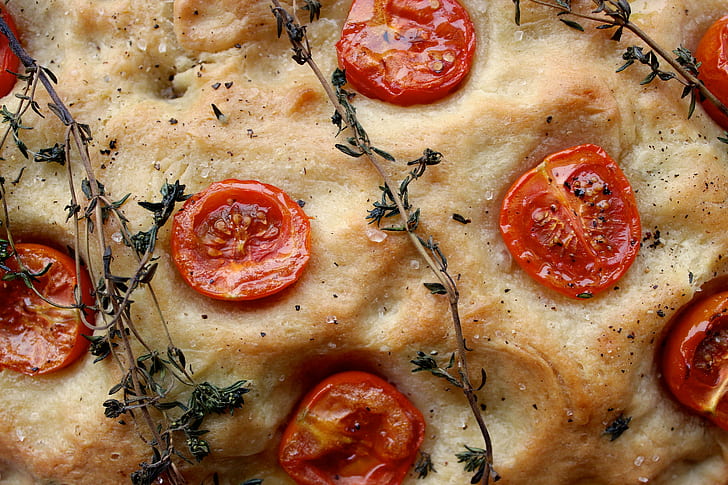
FAQ About Focaccia Bread

What's the history of Focaccia Bread?
Focaccia Bread has a rich history that dates back centuries and is closely tied to the culinary traditions of Italy. Its origins can be traced to ancient times, and it has evolved over the years into the delicious flatbread we know today. Here's a brief overview of the history of Focaccia Bread:
- Ancient Roots: Focaccia is believed to have originated in ancient Rome, where it was a relatively simple flatbread made with just flour, water, and salt. This early version of Focaccia was often baked on hot stones or in the ashes of a fire.
- Evolution in Liguria: Focaccia as we know it today is closely associated with the Liguria region in northwestern Italy, particularly the city of Genoa. In this region, Focaccia evolved into a more flavorful bread with the addition of olive oil, which is abundant in the Mediterranean region.
- Medieval Italy: During the Middle Ages, Focaccia continued to evolve. It became a popular and versatile bread, with various regional variations emerging throughout Italy. It was often used as a staple food, a base for toppings, and even as a portable meal for travelers.
- Influence of Focaccia Genovese: Focaccia Genovese, from Genoa, became one of the most famous variations. It is typically seasoned with olive oil, coarse salt, and sometimes herbs like rosemary. This simple yet flavorful version of Focaccia is still widely enjoyed today.
- Global Popularity: Focaccia's popularity spread beyond Italy's borders in the 20th century, thanks to Italian immigrants and the global appreciation of Mediterranean cuisine. Today, you can find Focaccia in bakeries and restaurants worldwide.
- Modern Variations: While traditional Focaccia remains popular, modern variations have emerged, incorporating a wide range of toppings and flavors. Creative interpretations include Focaccia topped with tomatoes, olives, cheese, vegetables, and more.
